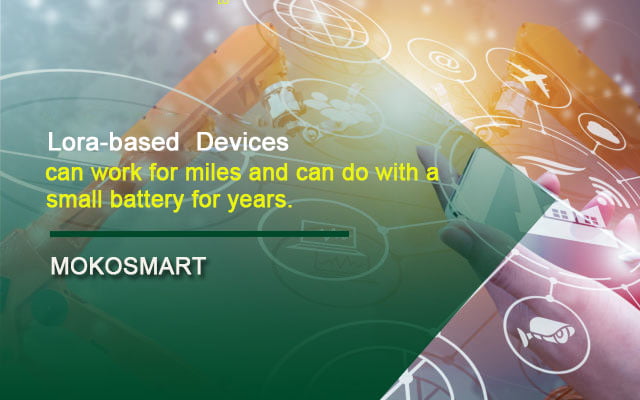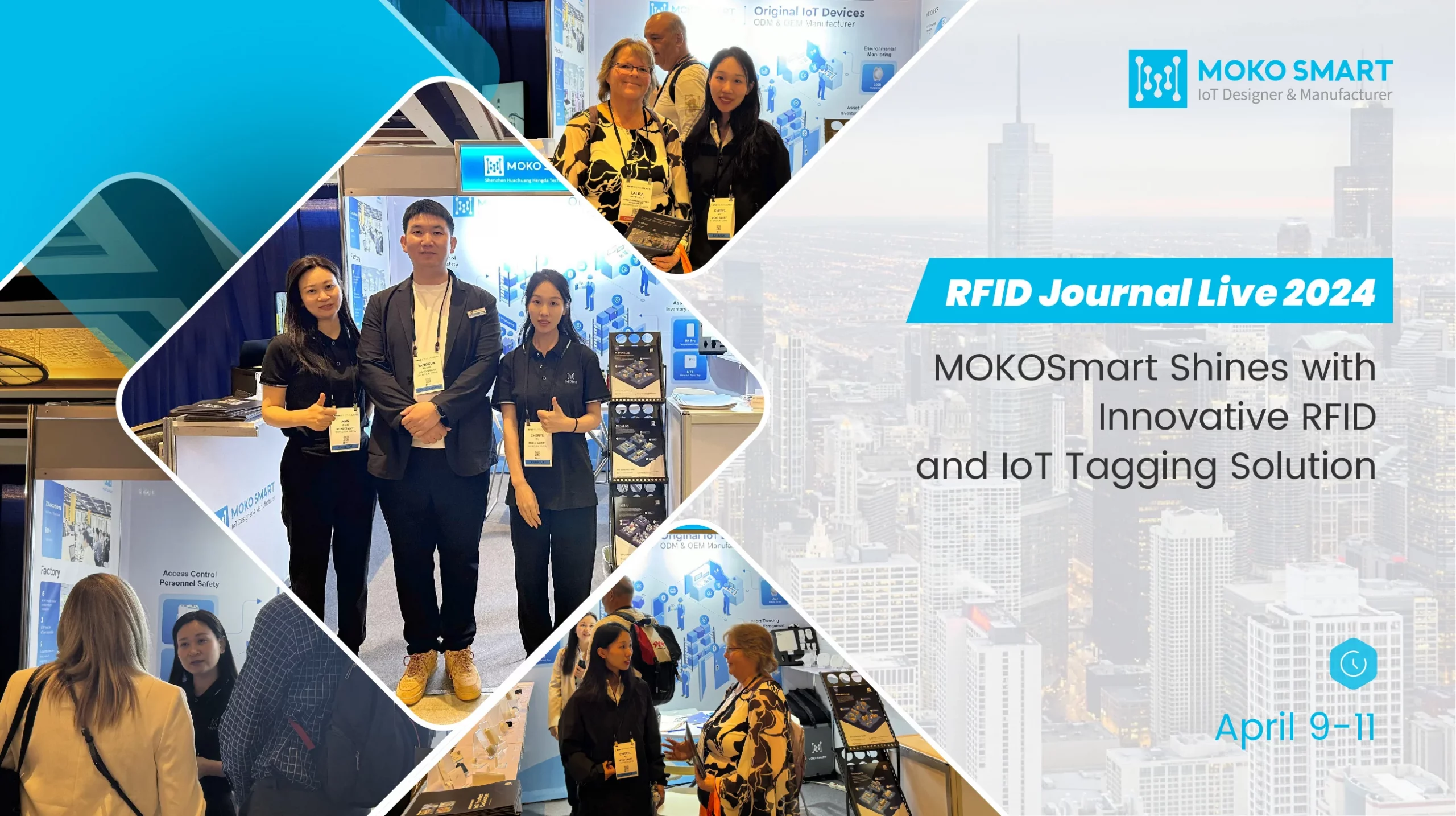An estimated 70 million devices are expected to be connected to the Internet and exchange data by 2020. From the coffee machine to the doorbell to the pill box: Connected devices that talk to apps and online services have so far been part of the realm of visions of the future. Lorawan stands for “long range wide area network” and is a radio network with a wide range and small energy requirement. Although they can only transmit tiny amounts of data – images are already eliminated – Lora devices can work for miles and can do with a small battery for years. The chips are small like a two-franker, thus fit into everyday objects and are at the same time cheap – around ten francs. This makes them ideal for bringing devices to the grid at a reasonable price. Small sensors or switches could soon appear in all everyday areas, in flowerbeds as well as on letterboxes or bicycles.
How much do you know about LoRa technology and NB-IoT?
As a low-power WAN communication technology, LoRa offers cost-effective solutions for battery-powered IoT applications. Because of these technical characteristics, the LoRa network consists mainly of terminals (built-in LoRa module), gateway (or base station), server (server), and cloud. The most important point is that application data can achieve bidirectional transmission, easily integrated into existing network infrastructures for greater coverage than cellular cellular cellular networks, while technology has end-to-end AES128 encryption to track assets without GPS.
In contrast, NB-IoT (narrowband Internet of Things, also known as the Narrowband Internet of Things), is a standard defined by the 3GPP standardization organization, which develops a narrowband radio frequency technology for the Internet of Things. NB-IoT is more dominant for completing real-time, large amounts of data.
The application of the Internet of Things must take into account many factors, such as network costs, battery life, data transfer rate (throughput), network coverage, and type of use, it is clear that NB-IoT and LoRa two technologies have different technical characteristics, wide coverage, low speed, low cost, low power consumption and other features that are suitable for applications with low power consumption in the Internet of Things, and they also actively expand their own ecosystems.
At communication distance, NB-IoT compared to other low-frequency wide-area propagation technology can achieve the link budget 20dB increase in an open environment, and signal coverage can be increased seven times. Among them, 20dB corresponds to the loss of the signal through the outer wall of the building. The coverage of NB-IoT in the indoor environment is relatively better, and the overall communication distance can reach 15km. LoRa can provide a maximum connection budget of 168dB. In general, the range of wireless distance is 1-2 km in the city and 20 km in the suburbs.
We have successfully iterated to Use LoRa devices and Radio Frequency Technology (LoRa Technology) in the smart bike locks that complement their licensed spectrum connectivity options for full network connectivity, even in remote areas and densely populated buildings. MOKOSmart is a pioneer in the field of the Internet of Things (IoT) and has led the application of NB-IoT, NFC, BLE, and other IoT technologies. We’re integrated with the products of wireless communication, artificially specialized intelligence, and sensor technology integrating the development of hardware, software, and system solutions.
Development history of LoRa devices
Hackers want a network for all
From a very different point of view, a growing number of tinkerers are approaching the subject, who would rather see a free, universally accessible Internet of Things. The idea of the Dutchman Wienke Giezeman has been kicked off. The Internet entrepreneur from Amsterdam has launched a foundation with the Things Network, which lora wants to democratize. The intention: to build a free alternative in addition to the commercial networks. With swarm financing, one is currently looking for patrons who receive hardware for donations. The Kickstarter campaign has already exceeded its funding target of €150,000.
First, the networked technology is made possible by a peculiarity of Lora devices: The costs per connected device are vanishingly low compared to other network technologies. For example, a so-called gateway, connected to the Internet in a private apartment, can bring up to 10,000 radios online within a radius of several kilometres. Such a gateway currently costs around 200 Swiss francs, and the trend is falling. Unlike mobile phones, such a small group of volunteers can connect an entire city with little money. “I’m excited about this opportunity,” says Gonzalo Casas, who is working for the Things Network in Zurich. In his spare time, the software developer builds the Internet of Things for Zurich with office colleagues and other interested parties. Two LoRa gateways are already in place, and seven more are expected to be added across the city over the next few months.
The nerds still rule
The Things Network is still a matter for computer scientists. “Hackers now have to build the infrastructure, which clears the way for users,” says Casas. The Kickstarter campaign from Amsterdam is also to build a bridge here. The hope of the supporters is a kind of Apple effect: The Dutch want to make the hitherto unwieldy and complicated technology accessible – with simple operation and appealing device designs.
LoRa’s story begins here
In 2008, Nicholas and Oliver worked together to develop a long-range, low-power modulation technique. Though they met with many difficulties, they overcame them step by step. In 2010, they teamed up with Francois Sforza to launch Cycleo, a company that targets the metering industry and aims to add wireless communications to water, electricity and gas meters, pioneering the use of CSS to send data. In May 2012, Semtech acquired Cycleo and worked with Olivier, Francois, and Nicolas to refine the technology and finalize the chips needed for the terminal devices (SX1272 and SX1276) and gateways (SX1301). In February 2015, the LoRa Alliance was established and the network protocol was renamed “LoRaWAN”. The LoRa Alliance, an open, nonprofit organization, drives the standardization of LoRa technology because it can be used safely and economically for many IoT applications. LoRa Alliance certification requires LoRa-certified devices to meet the functional requirements of LoRaWAN protocol specifications, which is confirmed by a successful test against the LoRa Certification Program.
Full connectedness for the Internet of Things
LoRa devices: Cost advantage Flexibility
But it is not only the SIM cards that need to change but also the mobile operators. Given the different functioning of the devices, traditional contract models no longer make sense. In the future, it will be essential to make flexible offers to the customer that can be tailored to their requirements. For medium-sized enterprises in particular, the savings could not be negligible thanks to such individual contract offers. Finally, it makes a difference whether sensors should check the condition of a product in a truck loading room in real time or passengers in coaches should stream films in HD format.
Providers have therefore set up their own departments, whose employees deal exclusively with IoT or Industry 4.0 and prepare corresponding offers. But this applies not only in connection with SIM cards but also with LoRa applications. If the volume of data to be sent is small, they are a good alternative. These LoRa devices send and receive data only at predetermined times, keeping energy consumption low. Ideal for traffic management: Street lighting could be based on traffic, for example, so that lanterns only consume energy when vehicles are actually on the road. Parking spaces can also be better managed: LoRa communication would allow cars to be used in an orderly manner to create a free parking space, which could optimize utilization rates.
Connectivity is what the customer makes of it
To optimize connectivity, developers and providers need to critically assess what type of connection is needed and which is best for them. Every situation requires a suitable solution – which also depends on other aspects, such as bandwidth, the location where the application is used, as well as the respective sales and business model.
In addition to local IoT solutions for WiFi, developers and providers should also be able to use other technologies that are just as essential to M2M connectivity. 2G, 3G and 4G networks are already playing an important role and LoRa devices will soon become more widely used. This will provide a suitable technology for every possible IoT application. In other words, connectivity is what the user makes of it.
Introducing the world’s first open-value-chain LoRaWAN IoT network
The first phase of the project is underway in Shenzhen.
MOKOSmart, an industry leader in the field of large low power wide area networks (LPWAN), announced today that two more national LoRaWAN networks are planned: in cooperation with telecommunications and IT providers, the service provider and pioneer in wireless broadband, media, and corporate IT infrastructure.
The networks show that LPWA technology can not only be transformative but also offers groundbreaking opportunities for the economy that could not otherwise be presented.
The introduction of the open-value-chain IoT network is unique in the world. To deliver this groundbreaking business proposal, we are upgrading the LoRa network to provide second-generation multi-use IoT connectivity across the country, as well as LoRa devices and wireless technology to provide high-quality geolocation services.
The upgrade of the existing LoRaWAN™ radio network with new base stations and the subsequent nationwide rollout will be a good deal as we integrate a large part of the LPWAN gateways into existing wireless broadband locations.
With support, we have started to launch the nationwide LoRaWAN network. Successful tests were carried out, where full coverage will also be achieved as the first phase of the project.
Flory heads the sales department M2M (machine to machine) in Shenzhen. He sees Lora technology on the verge of gaining a broad foothold. It is high time for device manufacturers to have the Internet of Things on their screens: “If you don’t deal with it yet, it will be hard to catch up.” The telecommunications service is at the heart of building networks and bringing together key players, from chip manufacturers to software developers and service providers. “We are in a good position to drive forward the development of the infrastructure to more LoRa devices,” says Florry.
LoRaWAN gateway with LoRaWAN server functionality

MOKOSmart offers the LoRaWAN Gateway MKGW2-LW for LoRaWAN technology as a solution for building autonomous, provider-independent networks in the license-free 868 MHz ISM band.
The Gateway MKGW2-LW, which is suitable for LoRaWAN technology, is also suitable for applications with FSK modulation. In addition to the traditional packet forwarder mode, it also has LoRaWAN server functionality (LoRa WAN Class A & C 1.0.2 EU), which eliminates the need for the additional setup of a LoRa server. Other features include the small dimensions of 75 x 75 x 25 mm, an external SMA antenna port, Ethernet network connection and the supply of 5 V/0.5 A via micro USB cable.
The LoRaWAN gateway can be used to implement an efficient 8-channel LoRa solution, which can also be configured via a remote JAVA application. Up to 100 LoRa devices can be managed. The MKGW2-LW is also available as an outdoor version.
























